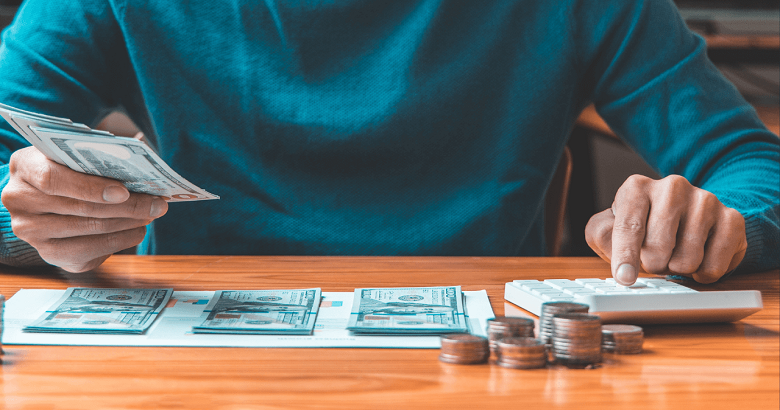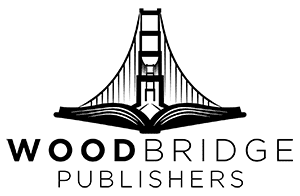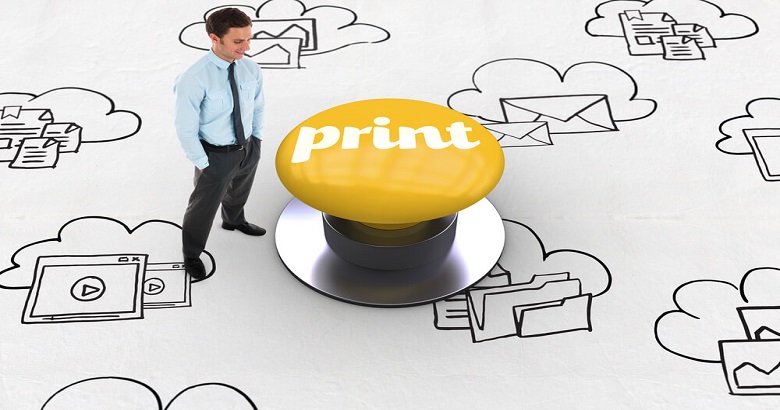Printing a book is an exciting endeavor, whether you’re an author self-publishing your latest masterpiece, a business creating a company manual, or an organization producing educational material. Understanding the costs associated with printing a book of 50 pages is crucial for budgeting and planning. This blog post will discuss the various factors that influence the cost of printing a 50-page book, including printing methods, materials, additional services, and distribution considerations.
Factors Influencing the Cost of Printing
Printing Method
The printing method you choose has a significant impact on the overall cost:
- Digital Printing is ideal for short runs (generally under 1,000 copies). It offers quick turnaround times and lower setup costs compared to offset printing. However, the cost per unit can be higher for larger quantities.
- Offset Printing is better suited for larger print runs. While the initial setup costs (such as creating printing plates) are higher, the cost per unit decreases significantly with volume, making it more economical for large quantities.
Paper Quality and Type
The type and quality of paper used can affect the cost:
- Standard Paper: Standard paper (around 60-80 gsm) is typically cheaper and commonly used for novels and simple text-based books.
- Premium Paper: Higher quality paper (100-120 gsm or more) is often used for photo books, art books, and any publication where image quality is essential. Premium paper costs more but can dramatically enhance the book’s appearance and feel.
Binding Type
The binding style also influences the cost:
- Perfect Binding: Common for paperback books, where pages are glued together at the spine. It’s relatively economical and suitable for books of various sizes.
- Saddle Stitching: Involves stapling the folded pages along the spine. This method is typically used for shorter books (under 100 pages) and is cost-effective.
- Hardcover Binding: Provides a durable, high-quality finish but is more expensive due to the materials and labor involved.
Color vs. Black and White Printing
Printing in color is significantly more expensive than in black and white. If your book contains images, illustrations, or colored text, this will increase your printing costs. For text-heavy books, black-and-white printing is usually sufficient and more cost-effective.
Detailed Cost Breakdown

To provide a clearer picture, let’s break down the potential costs involved in printing a 50-page book.
Setup Costs
Setup costs include preparing the files for printing, which may involve formatting, typesetting, and cover design. These costs can vary widely depending on the complexity of the design and the service provider. On average, setup costs can range from $50 to $500.
Printing Costs
- Digital Printing: For a small run of 50 copies, the cost per unit might be around $3 to $5, totaling $150 to $250 for 50 copies.
- Offset Printing: For larger runs (e.g., 1,000 copies), the cost per unit might drop to $1 to $2, totaling $1,000 to $2,000 for 1,000 copies.
Paper and Binding Costs
- Standard Paper: Using standard paper and perfect binding, the cost per unit might be around $2 to $4 for a 50-page book.
- Premium Paper: Using premium paper and hardcover binding, the cost per unit could rise to $5 to $10 or more.
Additional Costs
- Color Printing: If printing in color, add an extra $1 to $2 per unit.
- Proof Copies: Ordering proof copies before the final print run to check for errors can add $20 to $50.
- Shipping and Handling: Costs vary depending on the quantity and destination but typically range from $0.50 to $2 per unit.
Total Estimated Cost
Combining all these factors, here’s an approximate cost estimate for printing a 50-page book:
- Low-End Estimate (Digital printing, standard paper, black and white, perfect binding, small run of 50 copies):
- Setup costs: $50
- Printing costs: $150 to $250
- Total: $200 to $300
- High-End Estimate (Offset printing, premium paper, color, hardcover binding, larger run of 1,000 copies):
- Setup costs: $500
- Printing costs: $5,000 to $10,000
- Total: $5,500 to $10,500
Additional Services and Considerations
Cover Design
A professionally designed cover can significantly impact the book’s appeal and sales. Cover design costs can range from $100 to $500 or more, depending on the designer’s experience and the complexity of the design.
ISBN and Barcodes
If you plan to sell your book commercially, you’ll need an ISBN (International Standard Book Number) and a barcode. The cost for an ISBN is typically around $125, and barcodes can be purchased for around $25.
Marketing and Distribution
Marketing and distribution are crucial for reaching your audience. Costs can vary widely based on the strategies you employ, such as online advertising, book tours, or partnerships with bookstores. Budgeting $500 to $1,000 or more for these activities can help ensure a successful launch.
Tips for Reducing Printing Costs
- Optimize Print Runs: Larger print runs reduce the cost per unit significantly. Consider printing more copies if you anticipate higher demand.
- Choose Economical Options: Opt for standard paper and black and white printing if suitable for your book’s content.
- Compare Quotes: Obtain quotes from multiple printers to find the best price and quality balance.
- Utilize Print-on-Demand: For small quantities or uncertain demand, print-on-demand services can be a cost-effective solution, as they eliminate the need for large upfront investments.
Conclusion
Printing a 50-page book involves various costs that can add up quickly. By understanding the factors that influence these costs and planning accordingly, you can make informed decisions that align with your budget and goals. Whether you’re printing a handful of copies or thousands, careful consideration of printing methods, materials, and additional services will help you produce a high-quality book that meets your needs without breaking the bank.
Frequently Asked Questions
1. What is the most cost-effective printing method for a 50-page book?
For small print runs (under 1,000 copies), digital printing is generally the most cost-effective method due to its lower setup costs and quick turnaround times. For larger print runs, offset printing becomes more economical as the cost per unit decreases significantly with volume.
2. How does paper quality affect the printing cost of a 50-page book?
Paper quality significantly impacts printing costs. Standard paper (60-80 gsm) is cheaper and suitable for text-heavy books, while premium paper (100-120 gsm or more) enhances the book’s appearance and feel but comes at a higher cost. The choice of paper should align with the book’s purpose and target audience.
3. Is color printing much more expensive than black-and-white printing?
Yes, color printing is considerably more expensive than black-and-white printing. If your book contains images, illustrations, or colored text, expect to pay an additional $1 to $2 per unit. For text-heavy books, sticking with black-and-white printing can help keep costs down.
4. What are the additional costs involved in printing a book besides printing and setup fees?
Additional costs can include cover design ($100 to $500), ISBN and barcodes (around $150 total), proof copies ($20 to $50), and shipping and handling ($0.50 to $2 per unit). Marketing and distribution expenses should also be considered, typically ranging from $500 to $1,000 or more.
5. How can I reduce the overall cost of printing my 50-page book?
To reduce printing costs, consider the following tips:
- Opt for larger print runs to lower the cost per unit.
- Choose standard paper and black and white printing when appropriate.
- Obtain quotes from multiple printers to find the best price.
Utilize print-on-demand services for small quantities or uncertain demand, eliminating the need for large upfront investments.




